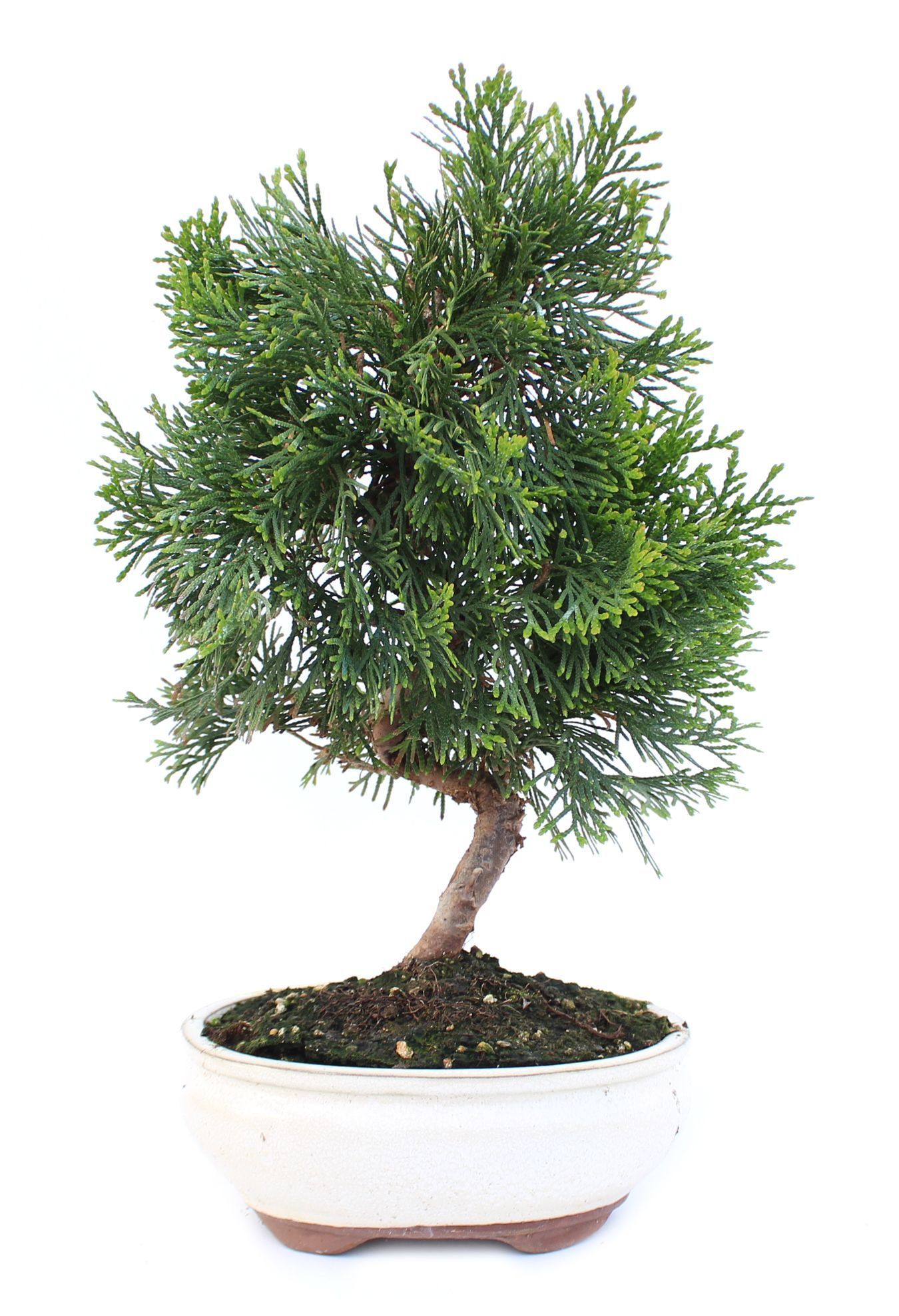Characteristics
It is a perennial shrub plant, with green foliage, which forms a pyramidal structure starting from its base. It gives berry-shaped fruits that ripen brown.
Location
Outdoor, in full sun throughout the year (or in semi-shade during the hours of strong summer sunshine); withstands occasional frost up to -5 ° C.
Watering
They support droughts well, despite this, give it moderate watering. It is necessary to let the surface layer of the substrate dry slightly between two watering.
Fertilization
From spring to mid-autumn with organic fertilizer or liquid NUTRIBONSAI from MISTRAL, applied every two weeks through irrigation water.
Re-potting
Every 2 to 3 years, in early spring.
Substrate
A mixture of 6 parts of Akadama, with 4 parts of volcanic gravel can be used; otherwise Mistral Bonsai TERRABONSAI can also be used.
After transplanting it is convenient to water with a solution of VITABONSAI from Mistral Bonsai, to accelerate the recovery of the tree.
Pruning and pinching
Pruning
Do not perform strong pruning throughout the year, and less on branches that grow from the base of the plant.
Pinching
Throughout the growing season we can perform light pinching to get a denser crown.
Wiring
Throughout the year, better in spring.
Curiosities
The Thuja changes color at fall. Most of these plants usually acquire a yellowish or brown hue at this time of year. Reason why we should not be scared and take it for a disease.

